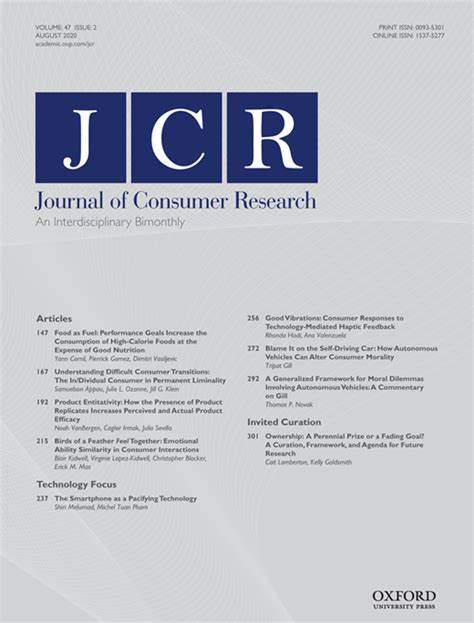野外优势效应
IF 6.4
1区 管理学
Q1 BUSINESS
引用次数: 0
摘要
在现实世界的市场中,一个人可能会遇到一个替代品,它不如另一个在分类。虽然这些看似无关的劣质替代品的存在表面上应该对消费者的决定没有影响,但大量使用标准化实验室实验的文献发现,令人惊讶的是,它们的存在很重要。具体来说,优势效应表明,劣质替代品的存在会使消费者的偏好转向优质替代品。然而,最近一些实验室研究的无效结果和缺乏实际证据使人们质疑这种效应是否存在、何时存在以及如何存在。在这项工作中,我们发现了明确的证据,表明优势在野外很重要。我们还确定了主导效应的一个重要调节因素——偏好不确定性,并在现实世界的数字自由服务市场和实验室实验中进行了测试。此外,我们还发现了其他调节因子的证据,这些调节因子有助于解释这种效应是如何起作用的,包括主导选择的数量和主导程度,这与感知机制是一致的。这项工作是第一次使用相应的现场数据来阐明支配效应发生的时间和原因,对营销人员、选择架构师、用户界面设计师和政策制定者有启示。本文章由计算机程序翻译,如有差异,请以英文原文为准。
Dominance Effects in the Wild
Abstract In real-world marketplaces, one may encounter an alternative that is inferior to another one in the assortment. While the presence of such seemingly irrelevant inferior alternatives should ostensibly have no influence on consumers’ decisions, an extensive literature using stylized lab experiments has found that, surprisingly, their presence matters. Specifically, the dominance effect suggests that the presence of an inferior alternative shifts consumer’s preferences toward the alternative made to be superior. However, null results in some recent lab studies and a lack of real-world evidence call into question whether, when, and how the effect exists. In this work, we find clear evidence that dominance matters in the wild. We also identify an important moderator for the dominance effect—preference uncertainty—and test it in both a real-world marketplace for digital freelance services and a lab experiment. Further, we find evidence for additional moderators that help explain how the effect works, including the count of dominated alternatives and the magnitude of dominance, consistent with a perceptual mechanism. This work is the first to use consequential field data to shed light on when and why the dominance effects occur, with implications for marketers, choice architects, user interface designers, and policymakers.
求助全文
通过发布文献求助,成功后即可免费获取论文全文。
去求助
来源期刊

Journal of Consumer Research
BUSINESS-
CiteScore
12.00
自引率
9.70%
发文量
53
期刊介绍:
Journal of Consumer Research, established in 1974, is a reputable journal that publishes high-quality empirical, theoretical, and methodological papers on a wide range of consumer research topics. The primary objective of JCR is to contribute to the advancement of understanding consumer behavior and the practice of consumer research.
To be considered for publication in JCR, a paper must make a significant contribution to the existing body of knowledge in consumer research. It should aim to build upon, deepen, or challenge previous studies in the field of consumption, while providing both conceptual and empirical evidence to support its findings.
JCR prioritizes multidisciplinary perspectives, encouraging contributions from various disciplines, methodological approaches, theoretical frameworks, and substantive problem areas. The journal aims to cater to a diverse readership base by welcoming articles derived from different orientations and paradigms.
Overall, JCR is a valuable platform for scholars and researchers to share their work and contribute to the advancement of consumer research.
 求助内容:
求助内容: 应助结果提醒方式:
应助结果提醒方式:


